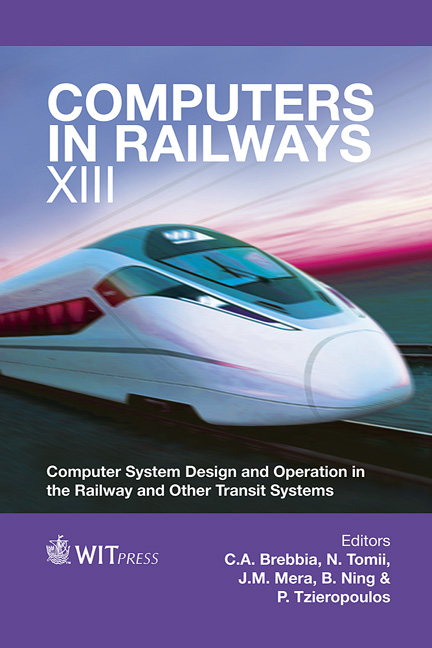Impact Of High-speed Trains In Small Isolated Power System Phase To Phase Imbalances
Price
Free (open access)
Transaction
Volume
127
Pages
12
Page Range
615 - 626
Published
2012
Size
2,788 kb
Paper DOI
10.2495/CR120521
Copyright
WIT Press
Author(s)
I. Saboya, I. Egido, E. Pilo & L. Rouco
Abstract
High-speed trains are more and more widely used around the world. They are commonly installed in interconnected power systems by connecting each traction substation directly in different nodes among the network. The single-phase loads of high-speed railway systems do not produce excessive dangerous phase to phase imbalances in these robust networks. However, if high-speed trains are to be used in small isolated power systems, such as islands or non-interconnected power systems, problems of unacceptable phase to phase imbalances may appear. This is due to the small size of the system and its relatively weak network that lead to a low short-circuit power in their nodes. This paper studies the impact of high-speed trains in small isolated power systems. Two different connections proposed by the infrastructure manager are analyzed. These connections try to reduce the impact of the railway network in power system network imbalances. Both connection schemes have been tested in a real small isolated power system in which a high-speed railway system is expected to be installed by the year 2018. Representative peak and valley scenarios for this year have been used in the analysis. The results obtained evidence that small isolated power systems are very sensitive to the incorporation of high-speed trains in their weak networks since high imbalances are obtained. Moreover, the results allow the selection of the connection that is more capable of reducing power system imbalances. Keywords: high-speed train, phase to phase imbalances, small isolated power system.
Keywords
high-speed train, phase to phase imbalances, small isolated power system





